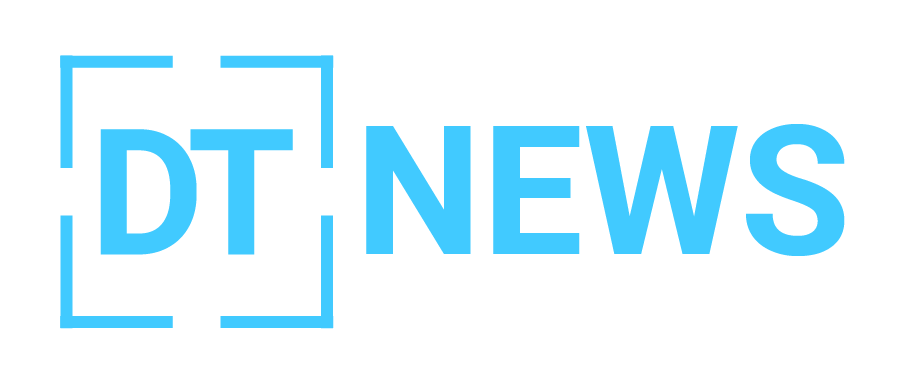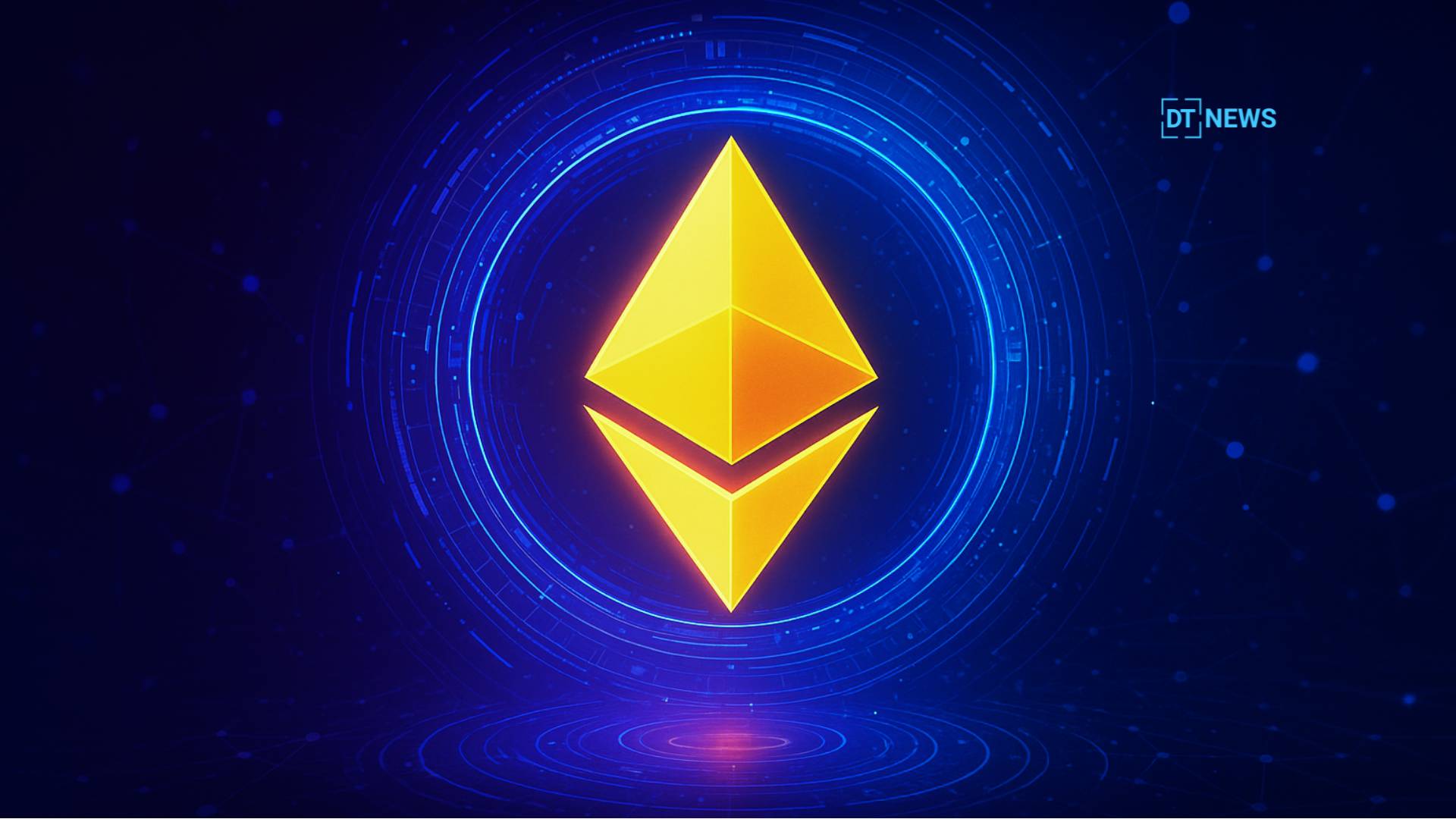The Ethereum Fusaka upgrade has now gone live on the Hoodi testnet, which is the final test before its main launch on December 3. This upgrade is made to make Ethereum faster, safer, and more efficient.
- What Is the Ethereum Fusaka Upgrade All About?
- Why Is Fusaka Considered a Turning Point for Ethereum?
- How Has Testing Prepared the Network for the Mainnet Launch?
- What Technical Features Will Fusaka Introduce?
- How Is the Market Reacting to Ethereum’s Progress?
- Conclusion
- Glossary
- Frequently Asked Questions About Ethereum Fusaka Upgrade
It will help the network handle more transactions and users smoothly. Many people in the crypto market are feeling positive about this important step for Ethereum.
What Is the Ethereum Fusaka Upgrade All About?
The Ethereum Fusaka upgrade will be the next evolutionary milestone in the roadmap for the network. It includes many Ethereum Improvement Proposals (EIPs) to improve transaction throughput, lower costs, and improve validator performance.
Developers highlight that it is a key step toward resolving a long-standing issue for Ethereum, known as the blockchain trilemma of scalability, decentralization, and security. The upgrade follows the earlier Pectra release and builds on it to make Ethereum run more smoothly and efficiently.
Developers see it as another important step in improving the network. The team at Nethermind said the progress shows how close Ethereum is to the Fusaka launch. It reflects steady growth and confidence in the project’s direction.
Why Is Fusaka Considered a Turning Point for Ethereum?
The Ethereum Fusaka upgrade is more than just a regular update. It changes how validators handle data across the network. One important feature in the Ethereum Fusaka upgrade is EIP 7594, called Peer Data Availability Sampling.
It allows validators to review smaller bits of data instead of checking the entire blob. This makes their work faster and uses less network power. The change is also expected to reduce costs and help Layer 2 networks run more smoothly.
Experts believe the Ethereum Fusaka upgrade could be one of the most important updates since the Merge. Blockchain analyst Jordan Lee noted that Fusaka directly addresses the network’s main slow points.
He said the upgrade could help Ethereum catch up with faster blockchains like Solana. Experts think it could improve how the network performs and increase trust among users. Many expect it to give Ethereum an edge as the technology continues to grow.
How Has Testing Prepared the Network for the Mainnet Launch?
The Ethereum Fusaka upgrade has been carefully tested on three networks called Holesky, Sepolia, and Hoodi. Each test verified that the new proposals functioned properly in real world situations. Developers made sure everything stayed stable and secure during the process.
Developers reported that the Hoodi test proceeded smoothly and was completed without any major issues. The tests show the network is ready for the December 3 launch. The Ethereum team is now checking the final details to make sure everything runs smoothly.
What Technical Features Will Fusaka Introduce?
The Ethereum Fusaka upgrade includes recommendations (EIPs) designed to improve efficiency and lower congestion. Updates such as EIP 7825 and EIP 7935 are focused on raising gas capacity and speeding up transactions.
These updates let multiple smart contracts run at the same time, helping the network handle more activity smoothly. The Fusaka upgrade also improves zero knowledge rollups, which play a key role in making Ethereum scale better.
These updates help the network confirm transactions more efficiently. With better cryptographic systems, Ethereum can handle more activity securely and at a lower expense.
How Is the Market Reacting to Ethereum’s Progress?
Many traders and major investors have welcomed the update with optimism. The steady climb in Ether’s price shows growing belief in Ethereum’s direction. Rising ETF investments and greater use of $ETH by businesses highlight renewed trust in its value and long term promise.
Crypto strategist Melissa Han said the Fusaka upgrade brings Ethereum closer to the level of infrastructure expected by large institutions, especially in terms of cost and speed.
Analysts believe this update could strengthen Ethereum’s position as the leading blockchain for decentralized finance and business applications.
Conclusion
The Ethereum Fusaka upgrade represents progress and stability for the world’s biggest smart contract network. It connects Ethereum’s earlier developments with its future goals by solving old scalability issues while keeping the system secure and decentralized.
As Ethereum approaches its December 3 mainnet launch, attention is on how well the Fusaka rollout will unfold. A smooth launch could strengthen Ethereum’s reputation for being reliable and flexible in the fast changing blockchain space.
Glossary
Mainnet: Ethereum’s real network where actual transactions happen.
Testnet: A testing version of Ethereum used to try upgrades safely before launch.
EIP: Ethereum’s upgrade plan that explains what changes will be added next.
PeerDAS: A new Fusaka feature that lets validators check data quickly and easily.
Gas Limit: The highest amount of work that can be done in one Ethereum block.
Frequently Asked Questions About Ethereum Fusaka Upgrade
When will the Ethereum Fusaka upgrade launch on the mainnet?
The Ethereum Fusaka upgrade is expected to launch on December 3, 2025.
On which testnets did developers try the Fusaka upgrade?
It was tested on three networks, Holesky, Sepolia, and Hoodi, before the main launch.
Why is the Fusaka upgrade important for Ethereum?
It will make Ethereum faster, more secure, and help reduce transaction costs.
How will the Fusaka upgrade help validators?
It allows validators to check smaller pieces of data instead of full data files, which saves time and energy.
How is Fusaka different from past upgrades?
Fusaka focuses more on improving speed, scalability, and data handling compared to older updates like Pectra.



















































































































